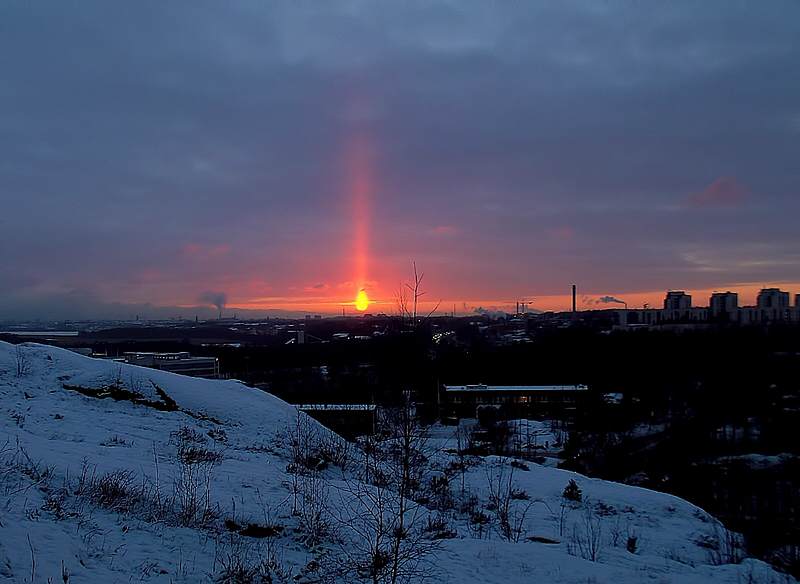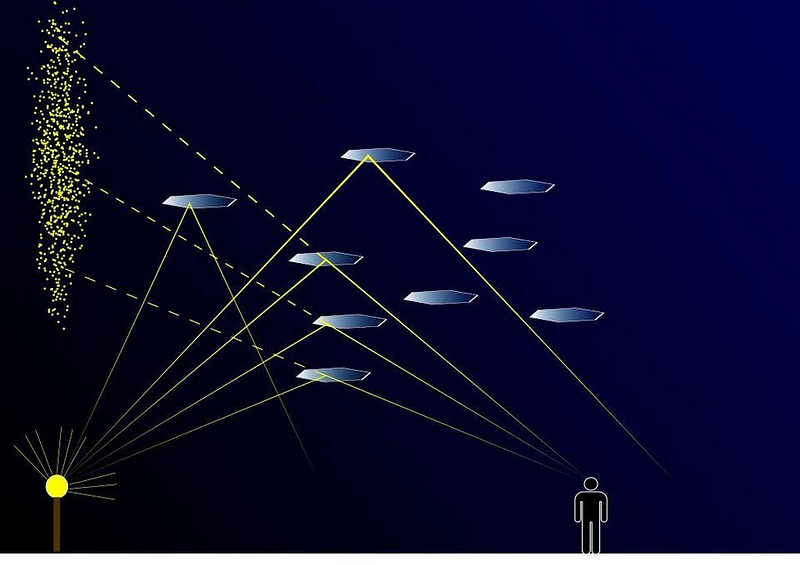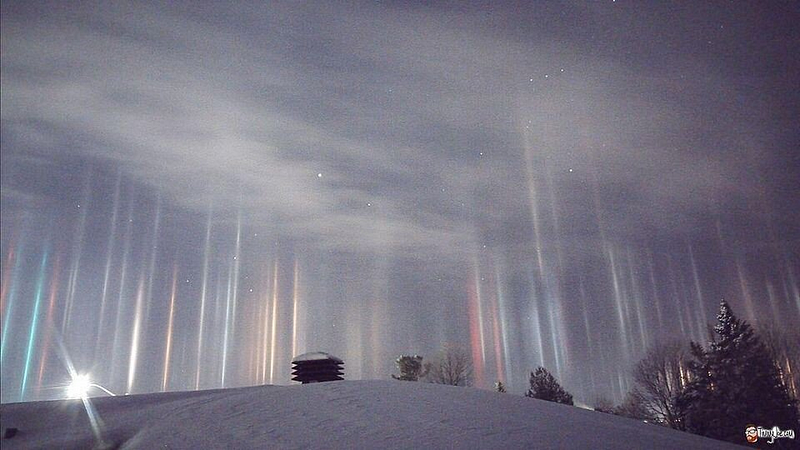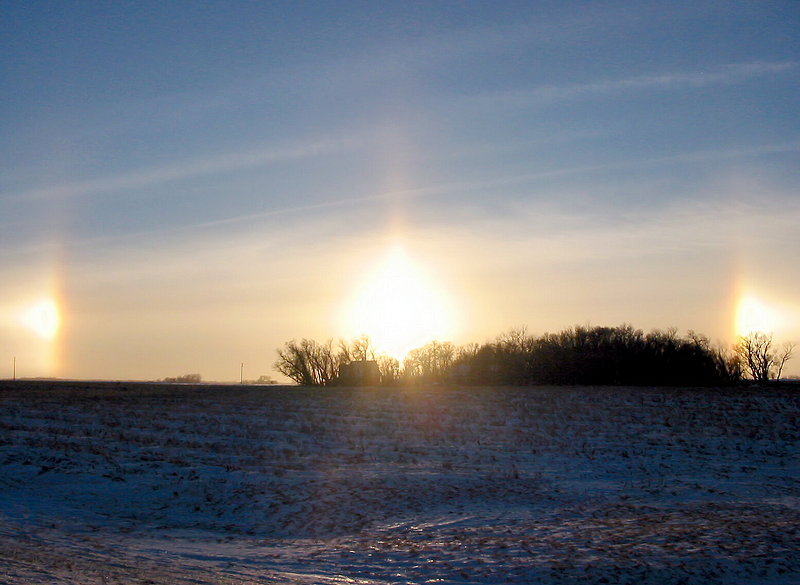# Unraveling the Mystery of Sunlight Pillars: Origins and Science
Written on
Chapter 1: Understanding Sunlight Pillars
Recently, a subscriber reached out with a captivating inquiry regarding the strange pillars of light observed above the setting sun. They shared their experience from the Irkutsk region, where they had witnessed this unusual sight and expressed a desire to understand its nature better.

This is indeed a fascinating question! Let's investigate this phenomenon, which has been well-documented in scientific literature. Sunlight pillars are typically visible during dawn or dusk, extending vertically above and below the sun.

These striking optical displays are termed sun pillars. If we were to observe the sun from the International Space Station or another celestial body devoid of an atmosphere, we would not encounter such visuals. Our atmosphere, while seemingly clear, plays a crucial role in how sunlight interacts with it. It absorbs, refracts, reflects, and scatters the sun's rays.
Additionally, we learned in school about the composition of our atmosphere: approximately 78% nitrogen, 20% oxygen, and 1% argon, among other gases. However, water vapor is also present in varying amounts, influenced by seasonal changes, geographic location, and weather conditions, typically ranging from 0.1% to 2.5%.

The temperature of the atmosphere is not uniform; it is warmer at sea level but decreases with altitude. At certain heights, water vapor cannot remain gaseous and condenses into droplets, forming clouds, or it can undergo desublimation, resulting in tiny ice crystals. These ice crystals differ from the intricate snowflakes we often envision; they predominantly have a hexagonal structure, appearing as either hexagonal plates or column-like formations.

Being denser than air, these crystals descend slowly. Their orientation is determined by the interplay of air resistance and their aerodynamic properties, often aligning horizontally. The light reflected from these horizontally positioned crystals generates the visible pillars of light that we observe. While primarily associated with the sun, these pillars can also appear around the moon and other light sources.

Various atmospheric phenomena exist that create the illusion of light appearing in the sky, regardless of the actual source.

These occurrences are linked to sunlight being reflected off ice crystals at high altitudes or refracted and reflected by tiny water droplets, such as in rainbows and glories.

If you're intrigued by these cosmic wonders, clap to see more articles about space in your feed! Don't forget to subscribe to our channel and share your questions, which I will address in future articles. If you appreciate my content, consider supporting my work by becoming a member on Medium for just $5 a month, helping us enhance our creations.
Chapter 2: Video Explanations
To further explore the topic of sunlight pillars, check out the following videos:
The first video, Light Pillars: What Are Those Mysterious Light Beams From The Sky?, provides an engaging overview of this atmospheric phenomenon and its implications.
The second video, Sun Pillars & SCIENCE, delves deeper into the scientific principles behind the formation of sun pillars and other related phenomena.